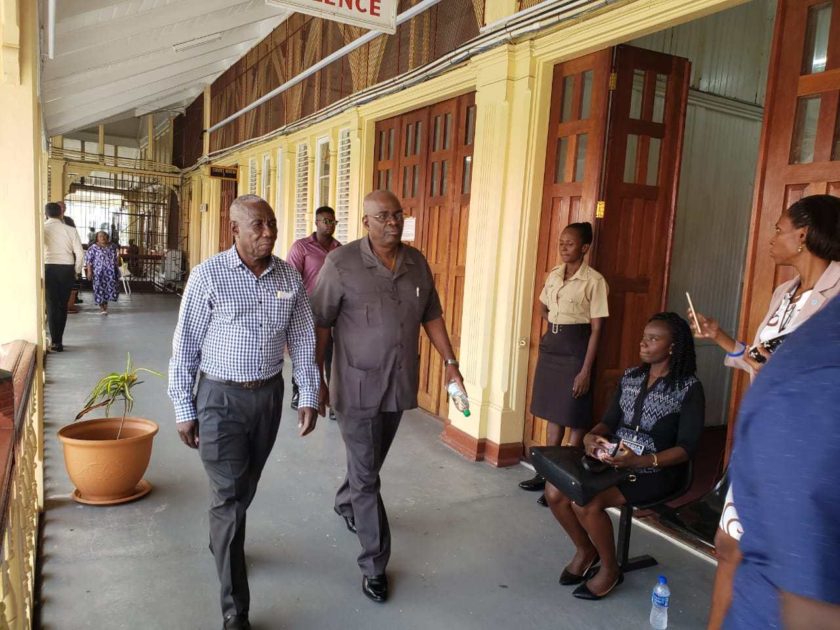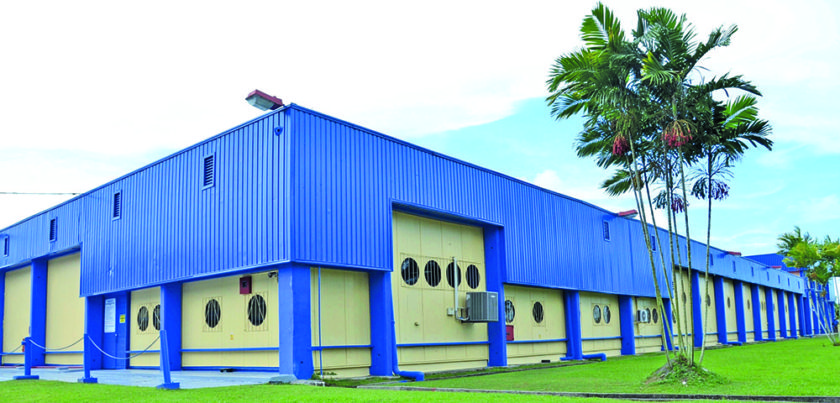…points to lack of specialists, substandard public health
A key United States report on Guyana’s healthcare system has given a harsh analysis of the standards of local public emergency care, hospitalisation and surgery as currently being offered to the Guyanese public.
According to the US Department of State’s Crime and Safety Report, medical care in Guyana leaves much to be desired. It states that while care is available for minor medical conditions, there is a lack of appropriately trained specialists and substandard hospital care.

“Medical care is not equal to US standards,” the report states. “Care is available for minor medical conditions, although quality of care is inconsistent. Emergency care and hospitalisations for major medical illnesses or surgery are very limited, due to the lack of appropriately trained specialists, below standard in-hospital care, and poor sanitation.
“Visitors are advised to bring prescription medicine sufficient for their length of stay and should be aware that Guyana’s humid climate may affect some medicines. Some prescription medicines, mainly generic, are available.”
When it comes to contacting emergency medical services via the 913 number, the report warns that the number is not always operational. In addition, it notes that an ambulance is not always available, while there are few private ambulances.
“Serious illnesses and injuries often require travellers to be medically evacuated to where adequate medical attention is available. Such medevac services are very expensive,” the report stated.
Besides being expensive, the report notes, such services are generally available only to travellers with travel insurance covering medevac services or those who are able to pay for the service in advance. The report carries a quotation for the medical evacuation, which it says can range from G$40,000 to G$200,000.
Vaccination
According to the report, mosquito-borne viral infections such as Chikungunya, Dengue, Yellow Fever, Malaria, and Zika are significant health risks. But while the report notes that Chikungunya and Dengue Fever have become endemic, it states that Yellow Fever and Malaria are prevalent in the interior.
“Personnel travelling to Regions One, Seven, Eight, Nine and 10 are advised to use malaria prophylaxis. All US Government personnel are advised to obtain Yellow Fever vaccination prior to travel. There are no prophylactic therapies for Dengue and Chikungunya.”
Reminding that in January 2016, the Centres for Disease Control (CDC) had issued a Level Two Travel Alert for countries hit by the Zika Virus, the report recommended that the most prudent strategy was to prevent mosquito bites through repellents, treated bed nets, window screens, and air-conditioning.
The US State Department also warned that instances of water-borne diseases increase during periods of flooding. It, therefore, advised visitors to use only bottled or purified water for consumption purposes. It also advised that special precautions be taken when eating fruits and vegetables, especially during the rainy seasons.
“Leptospirosis, while not common, is a viral infection spread via rodent droppings and waste. Given the limitations of the sanitation system, one should exercise caution, including vigilant hand washing after outdoor contact and vaccination of pets that may contract the disease from food bowls and other exposed surfaces that rodents may traverse.
“Special attention should be paid to Human Immunodeficiency Virus/Acquired Human Immunodeficiency Syndrome (HIV/AIDS).
“In addition to elevated infection rates among high-risk populations, data from the World Health Organisation (WHO) shows that Guyana has among the highest prevalence rates in Latin America and the Caribbean,” the report goes on to state. (Jaryl Bryan)



